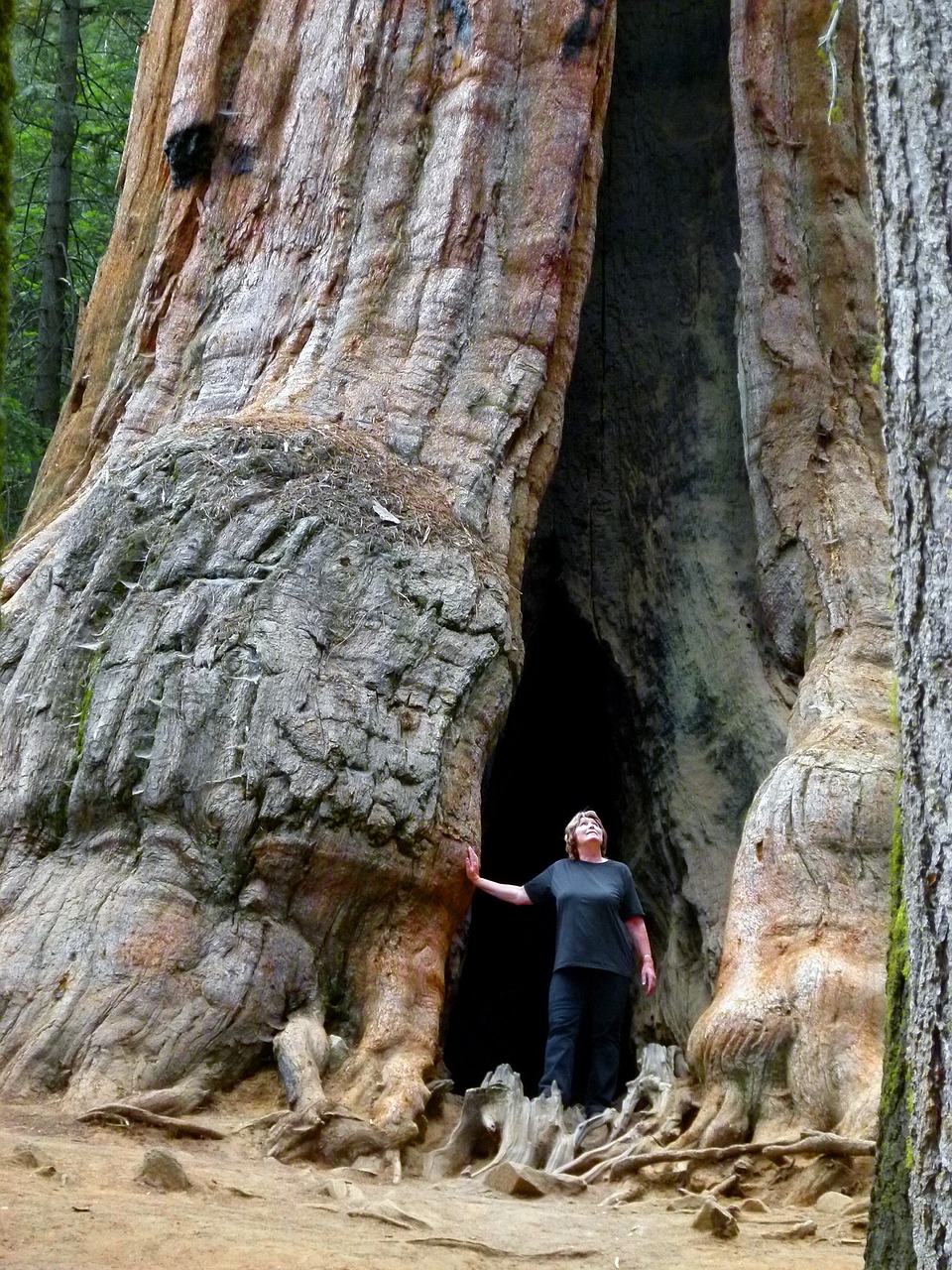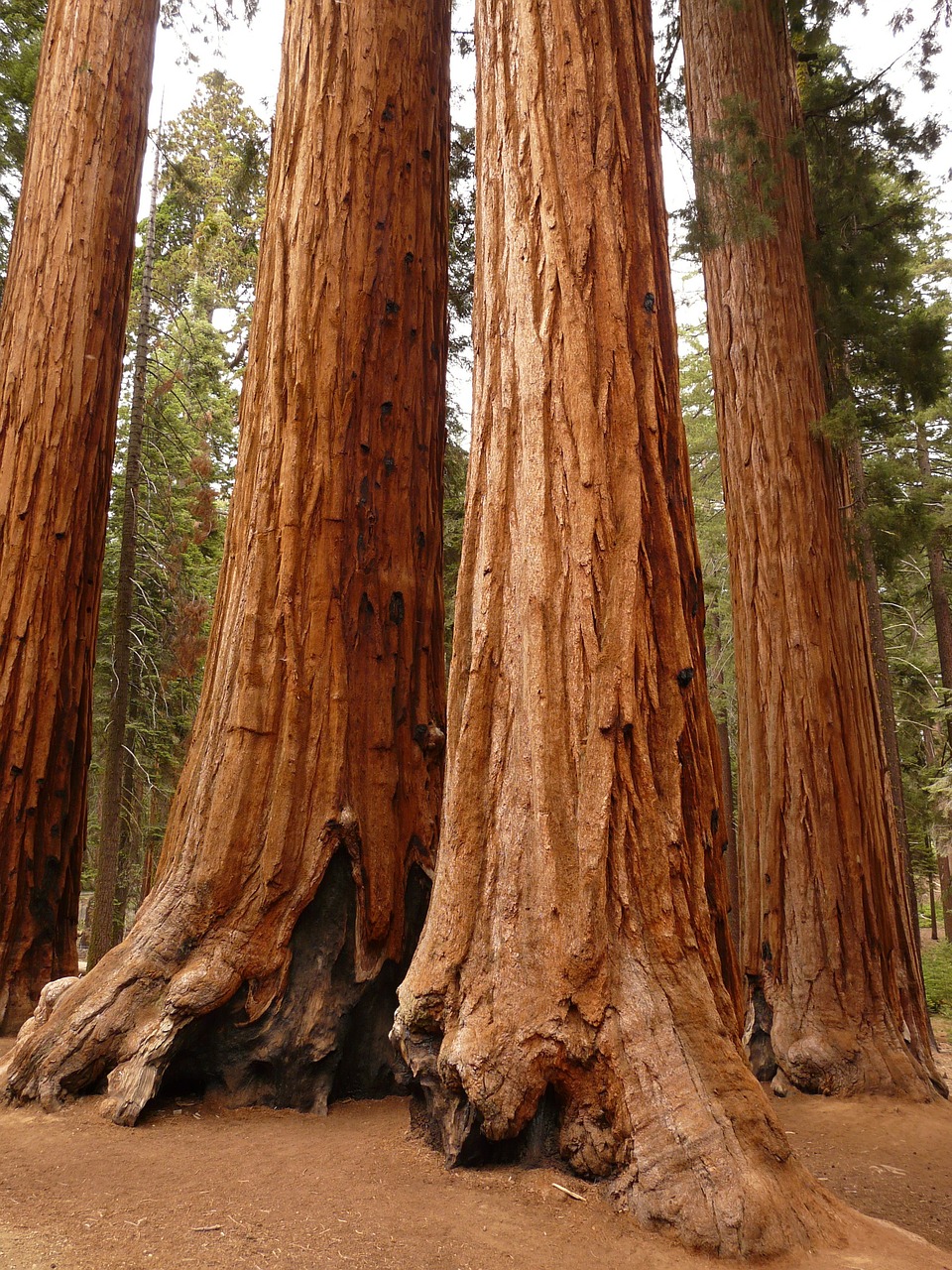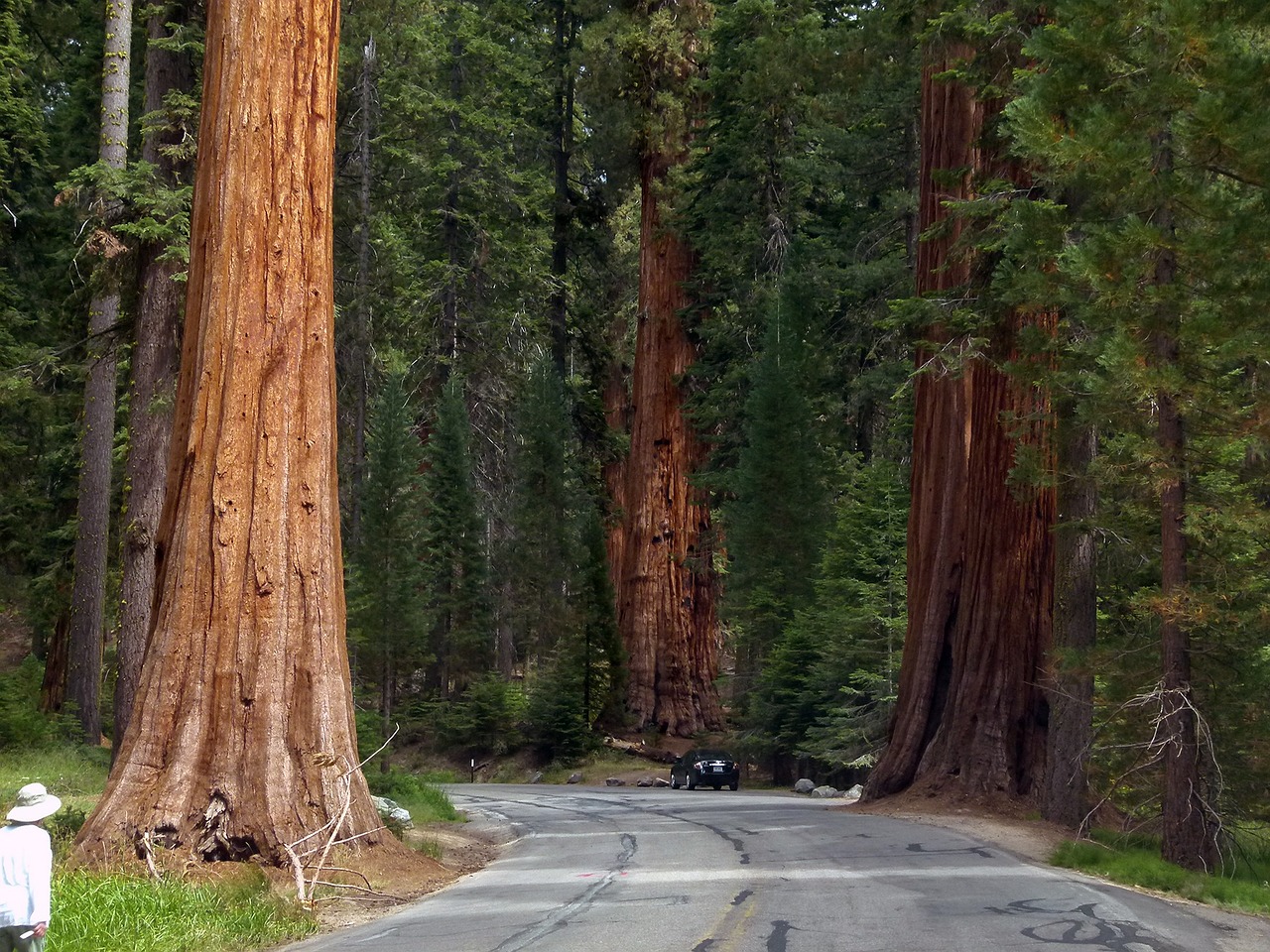“`html
Discover the Majestic Sequoia: Nature’s Towering Giants
Introduction to Sequoias
The Sequoia, one of nature’s most awe-inspiring trees, is renowned for its towering height and massive trunk. Often synonymous with the term “redwood,” Sequoias belong to the Cupressaceae family and are primarily found on the western slopes of the Sierra Nevada mountains in California. These natural giants not only captivate us with their grandeur but also play a critical role in their ecosystem.
Sequoia Habitats
Sequoias flourish in specific climatic conditions, thriving in regions where there is ample moisture from fog and rainfall. They are predominantly located in the Sequoia National Park and other parts of the Sierra Nevada range. These trees favor well-drained soils and are often found at elevations between 4,000 and 8,000 feet. The unique blend of soil, climate, and elevation creates the perfect environment for their growth.
Characteristics of Sequoias
Sequoias can live for thousands of years, with some trees estimated to be over 3,000 years old. They can grow to a height of 300 feet or more, with trunks that can exceed 20 feet in diameter. The bark of the Sequoia is thick and fibrous, providing excellent insulation against fire and pests. Despite their massive size, Sequoias have shallow root systems that extend outward rather than deep into the ground.
Symbolism and Meaning
In the language of flowers, the Sequoia represents resilience, endurance, and longevity. Its ability to withstand harsh conditions and live for millennia makes it a symbol of strength and perseverance. Many cultures admire Sequoias as sacred giants that connect the earth and sky, reminding us of the vastness of nature.
How to Grow Your Own Sequoia
Growing a Sequoia can be an incredibly rewarding experience, though it requires patience and dedication. Here’s a step-by-step guide on how to cultivate these majestic trees:

Choosing the Right Location
Before planting a Sequoia, ensure you have ample space, as these trees require significant room to grow to their full potential. Sequoias prefer locations with plenty of sunlight and good drainage. If you live in a region with a climate similar to their native habitat, your Sequoia will likely thrive.
Planting and Soil Requirements
The ideal soil for Sequoias is loose and well-draining, with a slightly acidic to neutral pH. When planting, ensure the root ball is slightly above the soil line to encourage proper drainage. Water the tree regularly, especially during dry spells, to maintain soil moisture.
Caring for Your Sequoia
Young Sequoias need protection from harsh weather conditions, such as extreme heat or cold. Mulching around the base can help conserve moisture and regulate soil temperature. Pruning is generally not necessary, but removing dead or damaged branches can improve the tree’s health and appearance.
Pest and Disease Management
Sequoias are relatively resistant to pests and diseases. However, they can occasionally suffer from root rot if the soil remains too wet. Ensure proper drainage and avoid overwatering to prevent this issue. Regularly inspect your tree for signs of pest infestations and address them promptly to maintain its health.

Interesting Facts About Sequoias
Sequoias are not only fascinating due to their size and age but also because of their ecological importance. They play a crucial role in carbon storage, helping to mitigate climate change. Moreover, their towering heights provide habitat for a variety of wildlife, including birds and insects.
Sequoias in Popular Culture
The Sequoia has been featured in numerous films and books, often symbolizing the grandeur and majesty of the natural world. Their iconic presence in the Sequoia National Park attracts millions of visitors each year, eager to witness these giants in person.
Conservation Efforts
Conservationists are working tirelessly to protect Sequoias from threats such as climate change and forest fires. Efforts include controlled burns to reduce underbrush and the preservation of their natural habitat. Organizations like the Save the Redwoods League are dedicated to ensuring these ancient trees remain a part of our planet’s future.
Conclusion
Whether you are an avid nature enthusiast or simply captivated by the wonders of the natural world, Sequoias offer a profound connection to the earth’s history. By understanding their unique needs and characteristics, we can ensure that these magnificent trees continue to inspire future generations.
For more insights into sustainable gardening practices, visit our gardening tips section.
“`
